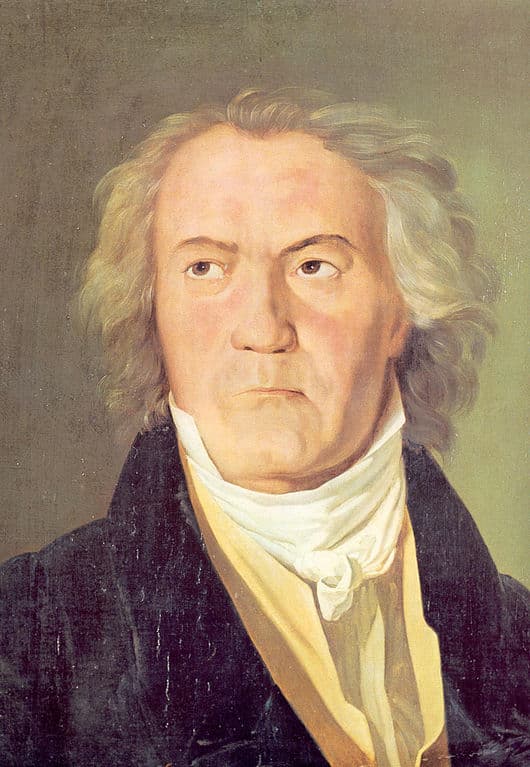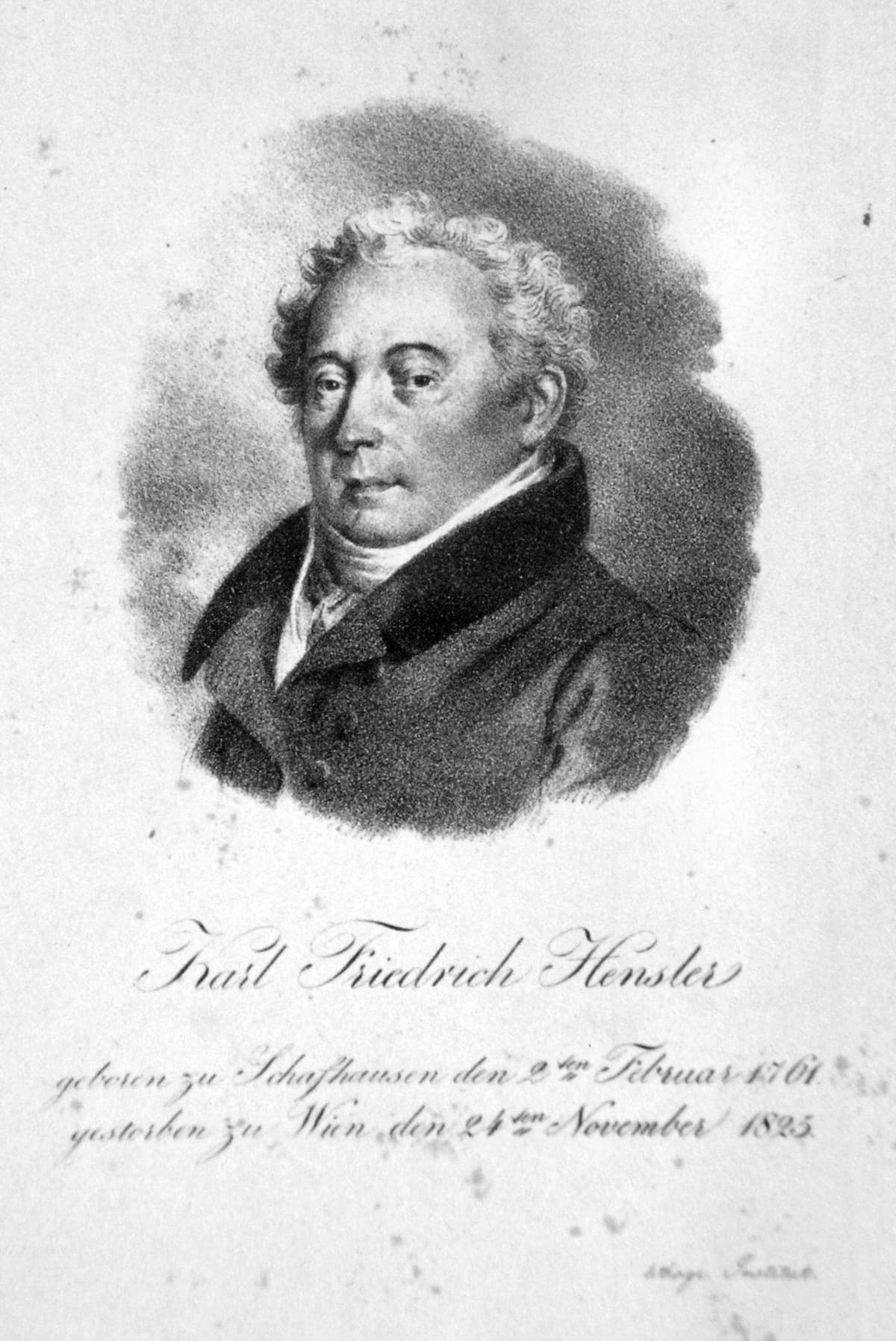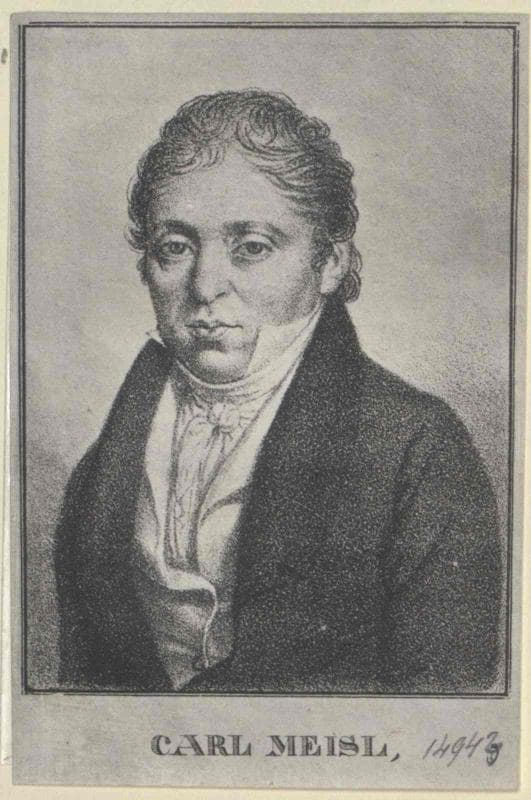For the re-opening of the Josefstadt Theatre in Vienna, a new work was commissioned from Beethoven. The theatre was founded in 1788 and had a remodel and rebuild in 1822, which is when they contacted Beethoven for a work.

Waldmüller: Beethoven (1823)

Theater in der Josefstadt
Die Weihe des Hauses, Op. 124, also known as the Consecration of the House, was commissioned by Carl Friedrich Hensler, director of the theatre. It’s related to Beethoven’s earlier work, The Ruins of Athens, Op. 113, which had been written as the incidental music for the play of the same name by August von Kotzebue.

Joseph Lanzedelly the Elder: Karl Friedrich Hensler, c.1820
The Ruins of Athens, the play, and the music were used for the dedication of a new theatre in Pest, Hungary. The music was supposed to be performed again for the 1822 Vienna theatre opening, but in the meantime, Carl Meisl, commissioner of the Royal Imperial Navy and dramatist, had been messing around with the texts, probably at the direction of the theatre director, Hensler.

Carl Meisl (Austrian National Library)
Meisl changed the texts of 3 songs (1 and 6–8), and Beethoven felt that the new texts didn’t suit his music and so he had to make changes in the score. Meisl also wrote a new text that Beethoven set to music. The former overture written for Pest was now moved to be an Epilogue. Because of all the changes, Beethoven wrote a new overture, entitling it The Consecration of the House.

Interior of the Josefstad, 1844
While all of this was going on, Beethoven had been studying the music of J.S. Bach and Handel and we start to see those composers’ influence. One Handelian trick Beethoven used was to use the same theme in two keys (a monothematic structure), rather than having a second theme in a new key. The opening with slow, spaced chords also comes from Handel.
The opening is set out like a march coming to the listener from a distance. As the procession draws closer, more details are heard and then trumpet fanfares and timpani signal the arrival of the procession. The crowd’s excitement at the action moves from the bassoons to the violins and with that, we start a more formal sonata-allegro form. Beethoven’s bow to Bach comes in in the use of fugue-style in the Allegro at the centre of the work, using both single and double counterpoint. The fugue works its way through different groups of instruments and the work as a whole closes with a forceful coda.
Ludwig van Beethoven: Die Weihe des Hauses Overture (The Consecration of the House), Op. 124 (Turku Philharmonic Orchestra; Leif Segerstam, cond.)
Only the overture is called The Consecration of the House. The overture combined with the rewritten and reworked parts is known collectively as Musik zu Carl Meisls Gelegenheitsfestspiel. You can imagine the frustration of Beethoven. He’s written a perfectly good set of music as incidental music for a play in Pest and now he has to re-write it for a theatre in Vienna, with new words that don’t fit his music, a new text to be added, and now a new overture to be written – as anyone who has had to do too many revisions on an established text knows, it might have been simpler to start the whole thing anew!
For more of the best in classical music, sign up to our E-Newsletter



